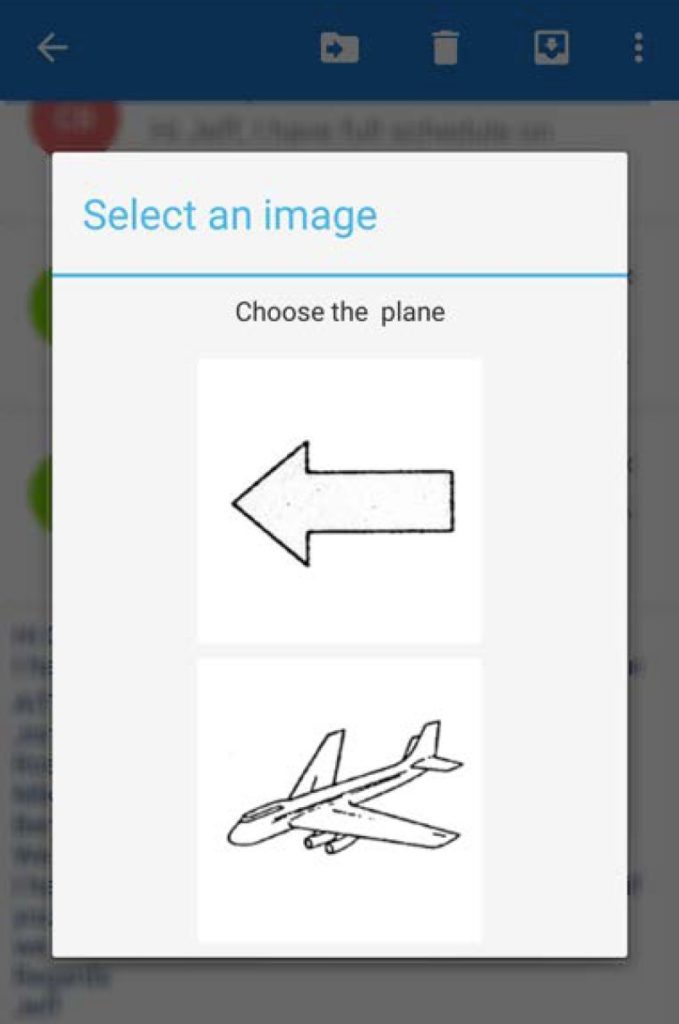The frequency with which people interact with technology means that users may develop interface habits, i.e. fast, automatic responses to stable interface cues. Design guidelines often assume that interface habits are beneficial. They help to reduce cognitive load for the user. For example, experienced drivers rarely need to consciously awareness about the operation of the vehicle controls as these have become habituated which leaves the driver to focus on safely traversing roads and junctions.
However, we lack quantitative evidence of how the development of habits actually affect user performance and an understanding of how changes in the interface design may affect habit development.
Quantifying the Impact of Making and Breaking Interface Habits
Our recent work attempts to quantify the effect of habit formation and disruption on user performance in interaction. Through a forced choice lab study task (n=19) and in the wild deployment (n=18) of a notification dialog experiment on smartphones, we show that people become more accurate and faster at option selection as they
develop an interface habit. Crucially this performance gain is entirely eliminated once the habit
is disrupted. We discuss reasons for this performance shift and analyse some disadvantages of
interface habits, outlining general design patterns on how to both support and disrupt them.
Garaialde, D., Bowers, .C, Pinder, C., Shah, P., Parashar, S., Clark, L. and Cowan, B. R. (2020) Quantifying the Impact of Making and Breaking Interface Habits. International Journal of Human-Computer Studies, 142. Article no. 102461. ISSN 1071-5819

